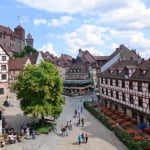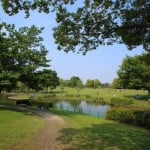Name: Yan'an Zaoyuan Revolutionary Site
Address: Baota District, Yan'an City
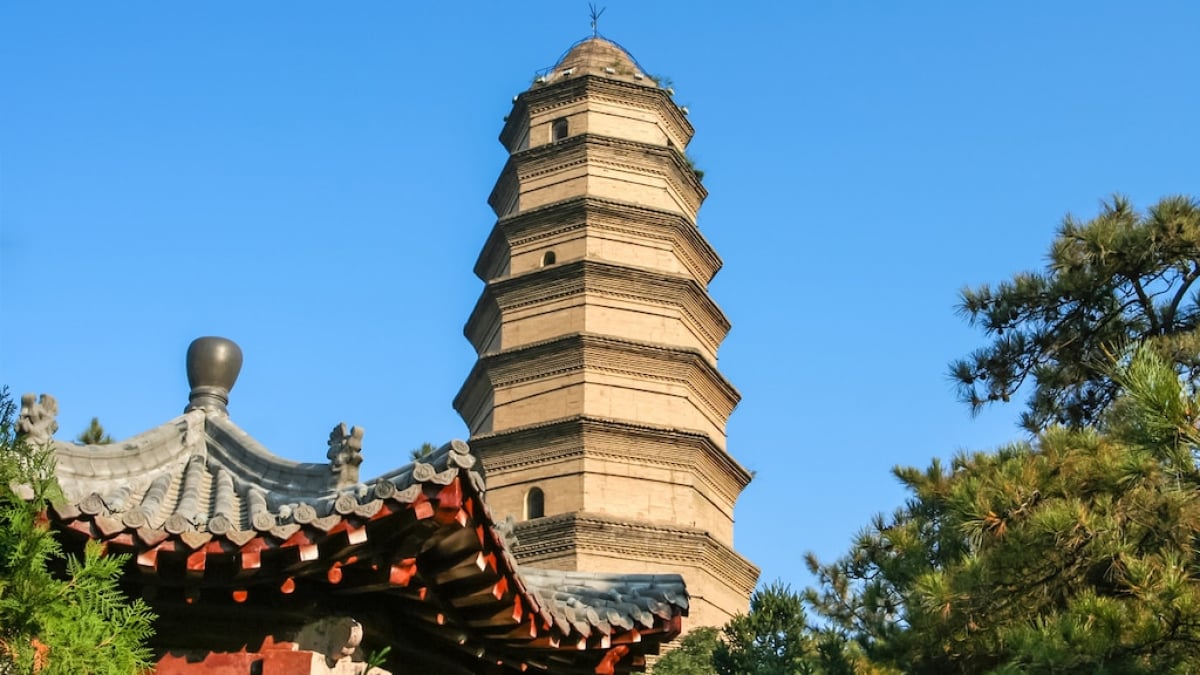
5 tourist spots in the Holy Land of the Chinese Communist Party, Yan’an, where you can learn about the history of the revolution
The city of Yan'an lies north of Chang'an (now Xi'an), which was the capital during the Tang dynasty. Surrounded by mountains, the city is formed along a river. Yan'an was once the temporary headquarters of Communist Party leaders, including Mao Zedong, during the Chinese Civil War (conflict between the Nationalist Party and the Communist Party).
Yan'an is considered the starting point of the Communist Party revolution and is an essential location in modern Chinese history. As such, it is known as the "holy land" of the Chinese Communist Party and draws tourists. Yan'an is a perfect destination for those who want to trace the roots of the present-day Chinese Communist Party. Here, we introduce tourist attractions centered around the revolutionary beginnings.
table of contents
[x] close
5 tourist spots in the Holy Land of the Chinese Communist Party, Yan’an, where you can learn about the history of the revolution
1. Yan'an Zaoyuan Revolutionary Site
The Yan'an Zaoyuan Revolutionary Site is a tourist attraction and an important protected cultural relic located about 8 kilometers northwest of Yan'an city. It was once a landlord’s estate where the Central Social Department of the Chinese Communist Party was established. At that time, it was called “Yanyuan,” and on the pillars on either side of the main gate, you can see the characters for “Yanyuan” written by Kang Sheng, an important Communist figure and later Mao Zedong's right-hand man.
Zaoyuan was used by Yangjialing, the central secretary of the Chinese Communist Party, from 1944 to 1947. He led the party’s movement as a leader, organized military and civilian efforts in the liberated areas, and prepared for the party congress in Yan'an and commanded the war against Japan. After the war with Japan ended, the Communist Party clashed again with the Nationalists and strategized in Zaoyuan to conclude the civil war.
Mao Zedong left behind numerous valuable documents on the Chinese revolution in this location, including “Some Problems Concerning Leadership Methods” and “The Campaign for Reducing Land Rent and the Patriotic Production Movement.” The “Yan'an Zaoyuan Revolutionary Site” is an essential spot in Chinese history. Knowing its historical background will make your visit more enjoyable. The beautiful garden, which can be appreciated year-round, also makes it a great place to relax.
2. Baota Mountain
Baota Mountain, formerly known as Jialing Mountain, is a tourist spot located east of downtown Yan'an. From the summit, you can get a panoramic view of the entire city. The mountain was named “Baota Mountain” because of the pagoda at its peak.
The mountain has an elevation of 1,135 meters. The original pagoda was built during the Tang dynasty, but the present tower dates to the Ming dynasty. It is a nine-story octagonal structure in the pavilion style, about 44 meters tall. Baota Mountain is regarded as the "symbol" of Yan'an, the revolutionary holy land. After the Chinese Communist Party moved to Yan'an, it became a prominent symbol of the revolution. If you’re interested in modern Chinese history, this site is a must-add to your travel plans.
Name: Baota Mountain
Address: Baota District, Yan'an City
3. Yangjialing Revolutionary Site
The Yangjialing Revolutionary Site is a tourist destination located in Yangjialing Village, about 3 kilometers northwest of Yan'an City. Between 1938–1940 and 1942–1943, the Central Committee of the Chinese Communist Party directed the Chinese revolution from this location.
Mao Zedong stayed here from November 1938 to May 1943. In the autumn of 1940, as the environment deteriorated due to renovations of the Central Auditorium, Mao and other leaders relocated to "Zaoyuan," another location in Yan'an. He returned to the "Yangjialing Revolutionary Site" in 1942 but moved back to Zaoyuan again in 1943.
During his time here, Mao Zedong authored numerous significant works such as “The Chinese Revolution and the Chinese Communist Party,” “On New Democracy,” and “Talks at the Yan'an Forum on Literature and Art.” In 1945, during the Sixth Plenary Session of the Seventh Central Committee of the CCP, a “Resolution on Certain Historical Issues” was adopted here, earning this location the title of "Holy Land of the Chinese Revolution." Today, it is open to tourists. Visiting this site together with Zaoyuan allows for a deeper understanding of Chinese history.
Name: Yangjialing Revolutionary Site
Address: Baota District, Yan'an City
4. Ganquan Temple
Also known as "Huangdi Temple, Ganyuan Temple is a tourist spot in Yan'an that enshrines "Ganyuan," the legendary first emperor of China. Since the Chinese word for "emperor" (皇) is pronounced the same as "yellow" (黄), yellow has come to symbolize the emperor.
The temple is located at the foot of Qiaoshan Mountain. The main part of the temple, the “Ancient Cypress Courtyard,” measures 140 meters in depth and 84 meters in width and is a popular tourist attraction. The temple buildings are arranged north to south, starting from the mountain gate and followed by the Pavilion of Sincerity, the Stele Pavilion, and the Main Hall. On the east side runs a corridor of inscribed steles, while the west side contains a reception room and an exhibition room for cultural relics. The entire area is enclosed by red granite walls, and 16 large trees are planted inside the temple, creating a green and pleasant atmosphere.
Located about 150 kilometers south of central Yan'an Station, it is somewhat far. By car, it takes 2 to 3 hours, so it's smart and recommended to visit the temple as a stop on the way to the even more southern city of Xi'an.
Name: Huangdi Temple (Ganyuan Temple)
Address: Huangling County, Yan'an City
5. Yan'an Qingliang Mountain News Publishing Revolution Memorial Hall
This site is known as the place where the newspaper industry first began in China. Opened in October 1986, it is located at the summit of Qingliang Mountain, east of Yan'an. From 1937 to 1947, during the Second Sino-Japanese War and the Third Chinese Civil War, the Chinese Communist Party's leadership operated its news and publishing department on Qingliang Mountain.
The memorial hall features numerous photographs and recreations of period publications such as “Liberation Weekly,” “Xinhua News Agency,” “New China Daily,” “Liberation Daily,” “Border Region People's Daily,” and “Yan'an Xinhua Broadcasting Station.” Through the exhibits, visitors can learn about the early struggles faced by the Central Publication Department and Central Printing Factory, and the trajectory that led to victory in the national liberation movement. The site is only a 30-minute drive from Yan'an Station, making it an easily accessible destination.
Name: Yan'an Qingliang Mountain News Publishing Revolution Memorial Hall
Address: Baota District, Yan'an City
◎ Summary
As a city nestled in the mountains, Yan'an is not the most convenient to reach, but it is filled with historically significant locations that are a must for history enthusiasts. If you study the Chinese Communist Party before visiting, you’ll enjoy your trip many times more. Yan'an’s rich natural scenery is also one of its attractions. Climbing Baota Mountain for a good sweat is also refreshing. Be sure to visit Yan'an and experience a piece of China's history for yourself.
RELATED ARTICLES
REGIONS
CATEGORIES
FEATURED ON China
-
4 Recommended Tourist Attractions in Enshi | The Grand Canyon of China!
-
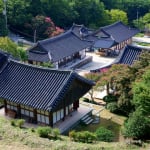
The birthplace of Qin! Recommended sightseeing spots in the historic town of Qingyang, China
-

A must-see: The gorgeous neon-lit fountain show! Tourist attraction in Liuzhou, China
-
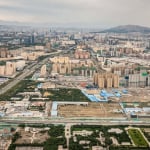
4 Recommended Tourist Attractions in Aksu, Xinjiang Uyghur Autonomous Region – A City Where the Uyghur People Live!
-

【World Heritage Site】What Are the Ancient Building Complexes of Wudang Mountains?|A Spot to Learn the Spirit of Taoism!
MOST POPULAR ON China
-
 1
1Doha: Must-see Attractions in the Capital of Qatar
-
 2
2Toronto: 10 Things to do in this Picturesque Canadian City
-
 3
3Amarillo: A City Famous for It’s Amazing Canyons, Great History and Music
-
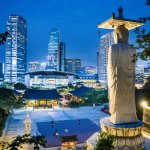 4
4South Korea: Dazzling Scenery, Rich Culture and Fascinating History
-
 5
5Kuwait: A Country in Middle East Asia Famous for Hot Sand Dunes and Stunning Cityscape



